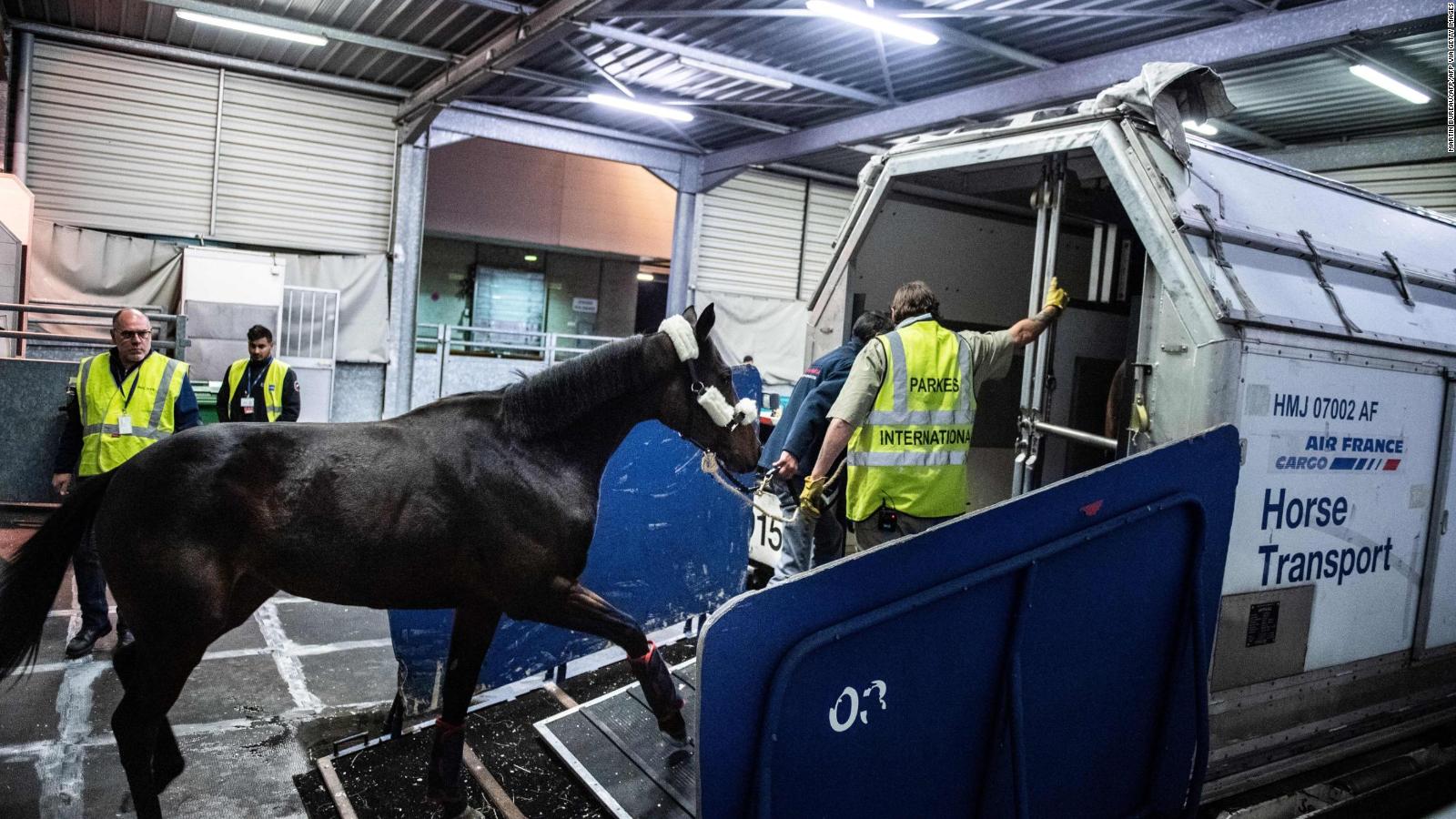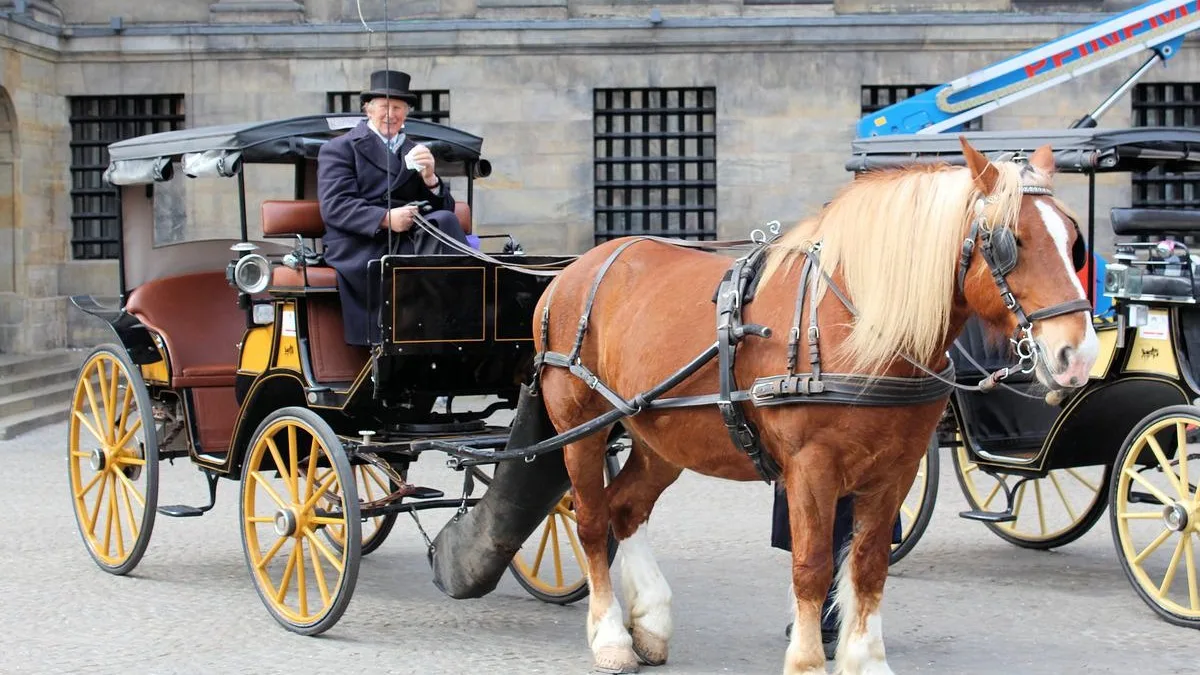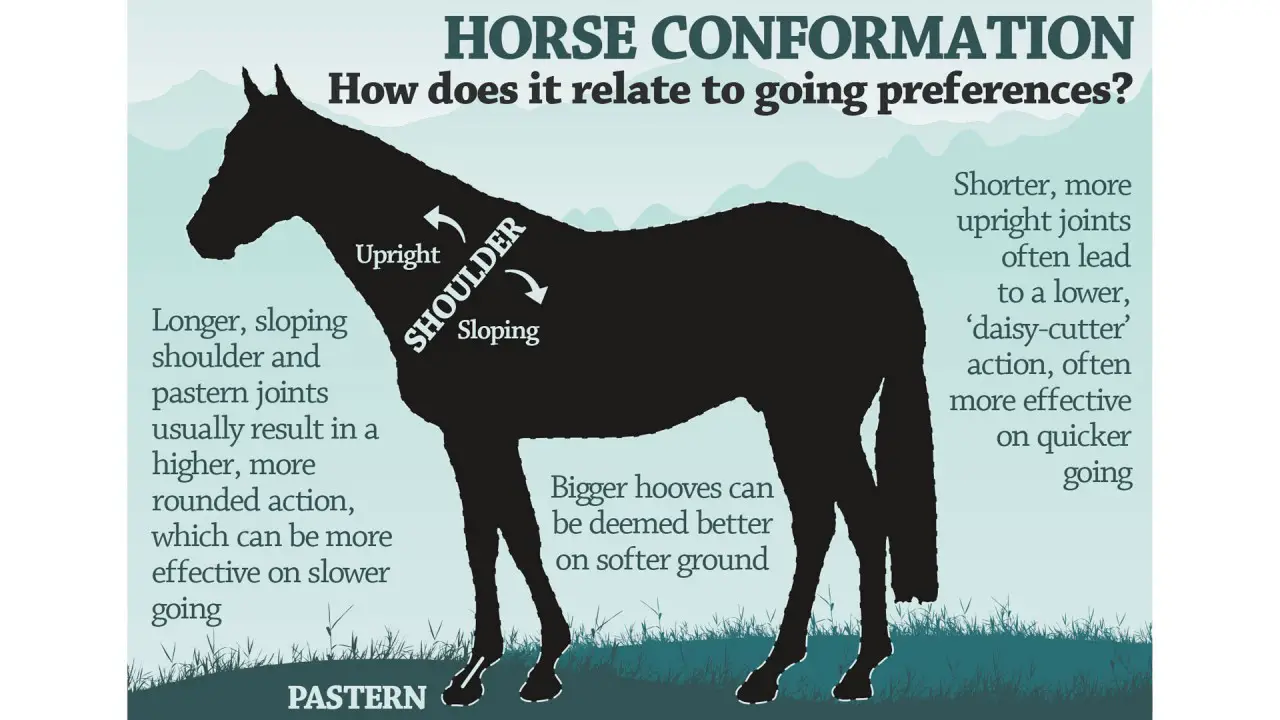The question of how many miles a horse can travel in a day is one that has intrigued and fascinated people for centuries. Horses have been used for transportation, work, and sport for millennia, and understanding their capabilities is essential for their proper care and usage. In this article, we will explore the factors that influence a horse’s travel distance in a day, as well as the historical and contemporary context of horse travel.
Factors Affecting a Horse’s Travel Distance

Several factors influence how far a horse can travel in a day. These include the horse’s breed, age, physical condition, the terrain over which it is traveling, the weight it is carrying, and the weather conditions. Different breeds of horses have varying levels of endurance, with some breeds being better suited for long-distance travel than others. Similarly, younger, healthier horses are generally able to travel greater distances than older or less fit horses.
The terrain and weather conditions also play a significant role in determining a horse’s travel distance. Horses can cover more ground on flat, well-maintained roads or trails than on rough, hilly terrain. Additionally, hot or cold weather can affect a horse’s stamina and ability to travel long distances. The weight the horse is carrying, including the rider and any gear or supplies, can also impact its travel distance, as heavier loads require more effort from the horse.
Breed and Physical Condition
The breed of a horse can have a significant impact on its travel distance capabilities. For example, Arabian horses are known for their endurance and are often used in long-distance trail riding and endurance competitions. Other breeds, such as draft horses, are better suited for short bursts of intense effort rather than sustained long-distance travel. Additionally, a horse’s physical condition, including its fitness level and overall health, will influence how far it can travel in a day.
Terrain and Weather
The terrain over which a horse is traveling can greatly affect its travel distance. Horses can cover more ground on flat, well-maintained roads or trails than on rough, hilly terrain. Steeper inclines, rocky surfaces, and uneven ground can slow a horse’s pace and reduce the distance it can travel in a day. Similarly, hot or cold weather can impact a horse’s stamina and ability to travel long distances. High temperatures can lead to heat stress and dehydration, while cold temperatures can increase the horse’s energy expenditure to maintain body heat.
Weight and Load
The weight a horse is carrying, including the rider and any gear or supplies, can have a significant impact on its travel distance. Horses can comfortably carry a certain percentage of their body weight, but exceeding this limit can cause strain and fatigue. Additionally, the distribution of the weight and the type of gear and equipment being carried can affect the horse’s comfort and mobility, further influencing its travel distance.
Historical Context of Horse Travel

Throughout history, horses have played a crucial role in human transportation, trade, and warfare. The distance horses could travel in a day had a direct impact on the speed and efficiency of communication, trade, and military operations. In ancient times, the average distance a horse could travel in a day was around 20 to 30 miles. This distance was influenced by factors such as the breed of the horse, the terrain, and the weather conditions.
In medieval Europe, the average distance a horse could travel in a day was similar, with variations based on the factors mentioned earlier. The introduction of improved road systems and the use of relay stations for fresh horses allowed for greater distances to be covered in a shorter period. This innovation led to the establishment of long-distance postal and courier services, which greatly improved communication and transportation across vast territories.
During the age of exploration and colonization, horses played a critical role in the expansion of empires and the establishment of trade routes. Spanish conquistadors and settlers used horses to traverse the vast territories of the Americas, covering impressive distances in their expeditions. The endurance and adaptability of the horses, combined with the expertise of the riders, allowed for remarkable feats of travel and exploration.
Contemporary Context of Horse Travel

In modern times, the average distance a horse can travel in a day varies depending on the purpose of the journey and the conditions under which the horse is traveling. In recreational trail riding, for example, horses can cover distances ranging from 15 to 30 miles in a day, depending on the terrain and the fitness level of the horse. Endurance riding competitions, which test the speed and stamina of both the horse and rider, can involve distances of 50 to 100 miles or more in a single day.
For working horses, such as those used in agriculture or ranching, the distance traveled in a day may be influenced by the specific tasks being performed. Horses used for herding cattle or working on large farms may cover several miles in a day as they move between pastures and perform their duties. However, the pace and duration of work are carefully managed to ensure the well-being and longevity of the horses.
Recreational Trail Riding
Recreational trail riding allows horse enthusiasts to explore natural landscapes and enjoy outdoor activities with their equine companions. The distance a horse can travel in a day during trail riding can vary based on factors such as the terrain, the fitness level of the horse, and the riding conditions. Riders typically plan their routes and pace to accommodate the needs of the horses and ensure a safe and enjoyable experience for both horse and rider.
Endurance Riding Competitions
Endurance riding competitions challenge the speed and stamina of horses and riders over long distances. These events can involve distances of 50 to 100 miles or more in a single day, with checkpoints and veterinary inspections along the route to ensure the well-being of the horses. Endurance riders carefully train and condition their horses to build the necessary fitness and endurance for these demanding competitions.
Working Horses
Horses used for work, such as herding cattle or performing agricultural tasks, may cover several miles in a day as they move between pastures and fields. The pace and duration of work are managed to prevent overexertion and ensure the health and longevity of the horses. Additionally, rest breaks and proper care are provided to maintain the horses’ well-being and performance.
If you’re fascinated by the capabilities of horses and their impressive endurance, you might find our articles on how far can a horse travel in a day and how long can a horse run enlightening. Additionally, if you’re curious about the daily dietary needs of horses, our piece on how much does a horse eat in a day could provide valuable insights into these magnificent animals.
Conclusion

The distance a horse can travel in a day is influenced by a variety of factors, including breed, physical condition, terrain, weather, and the weight it is carrying. Throughout history, horses have played a crucial role in human transportation, trade, and exploration, with the distance they could travel directly impacting the speed and efficiency of communication and travel. In contemporary times, the average distance a horse can travel in a day varies based on the purpose of the journey and the conditions under which the horse is traveling. Whether for recreational trail riding, endurance riding competitions, or working tasks, understanding a horse’s travel capabilities is essential for its proper care and usage.



